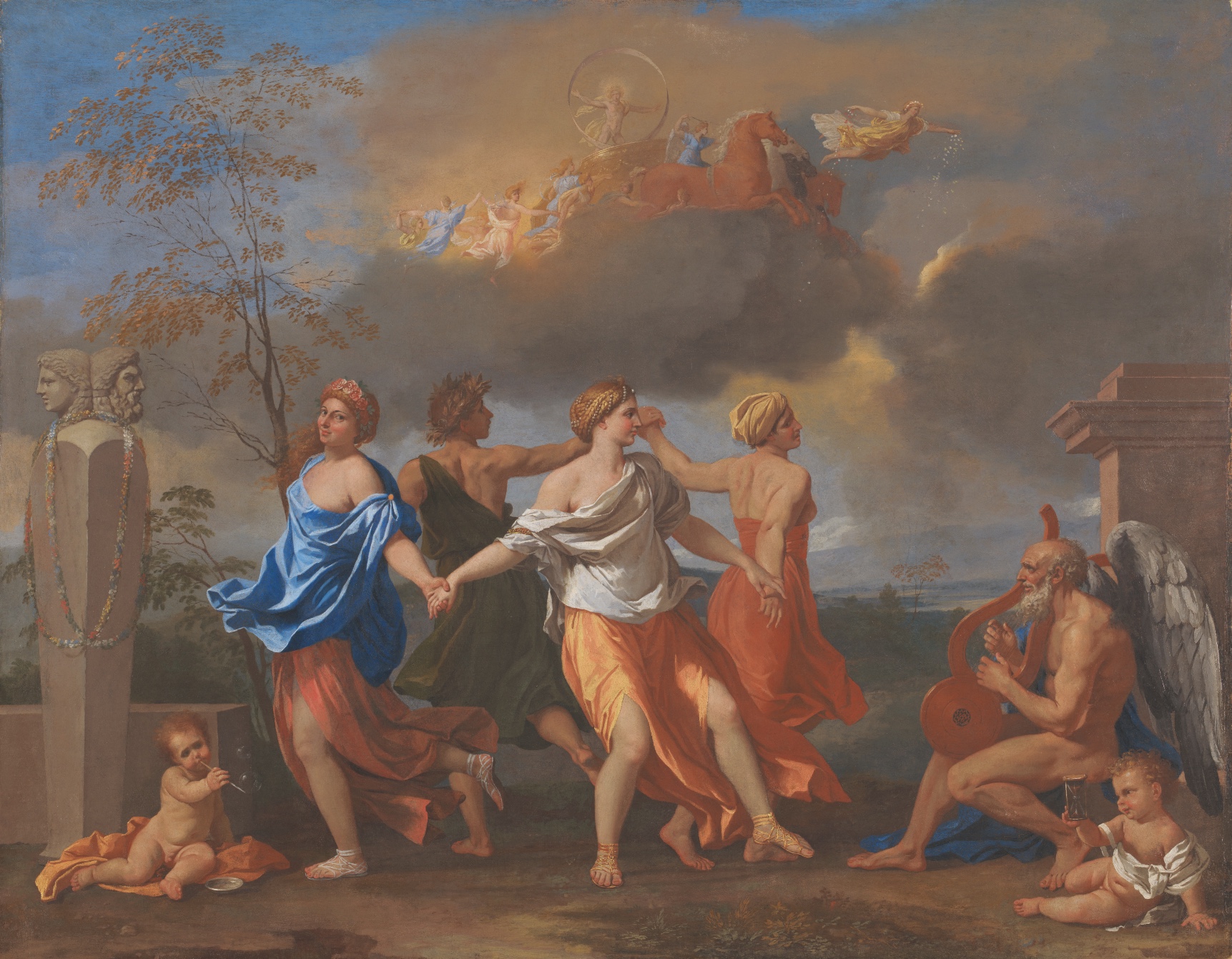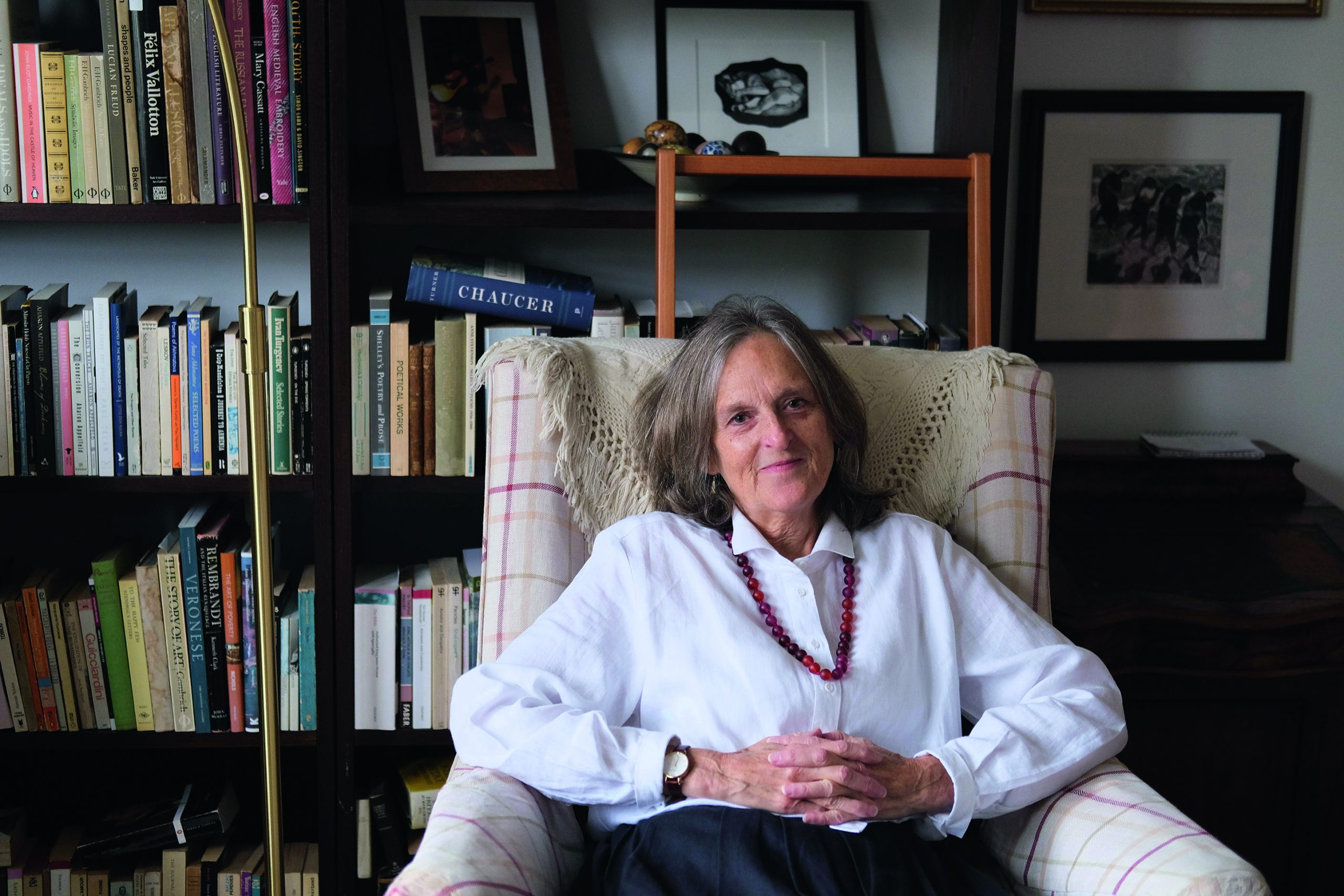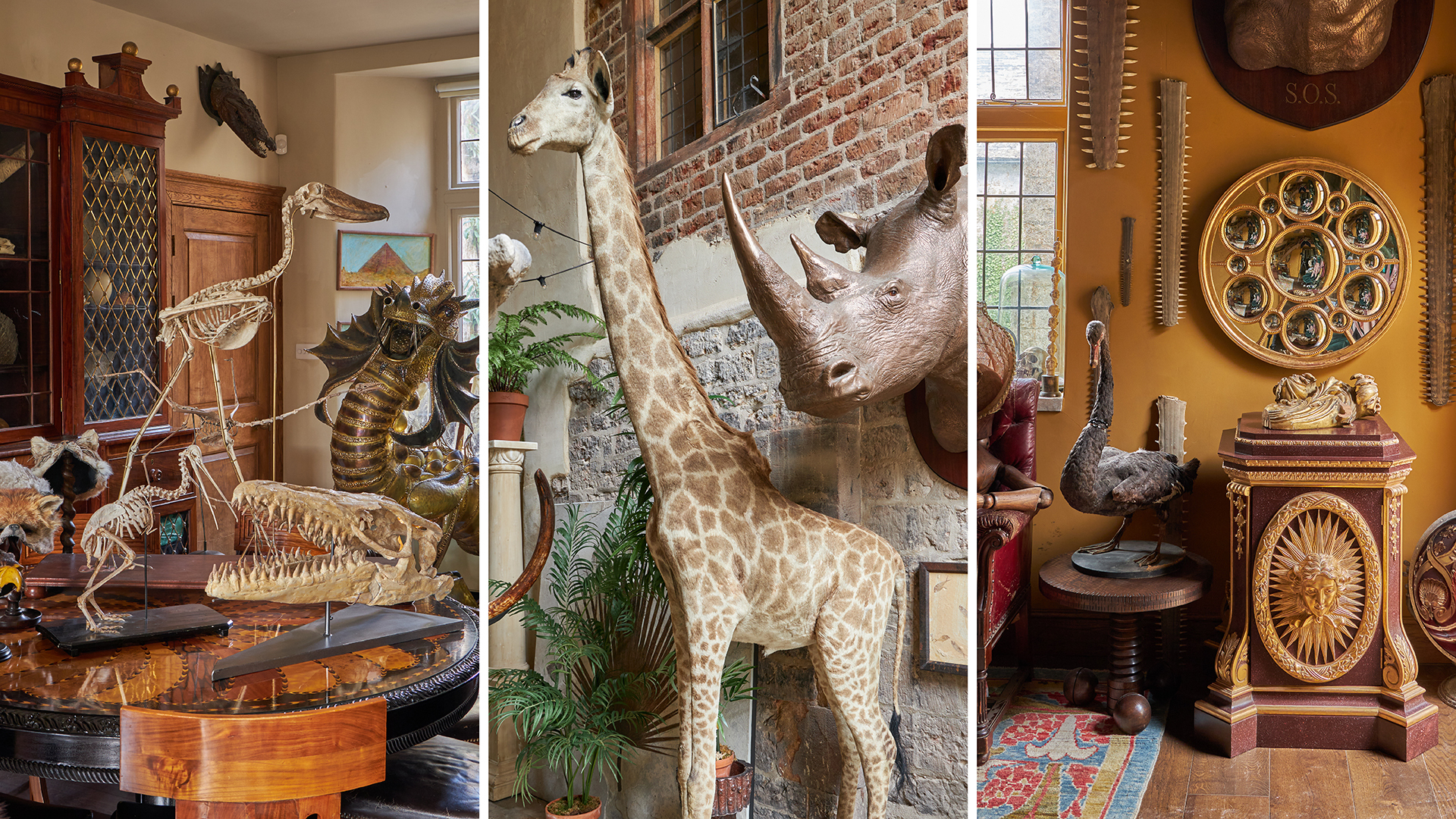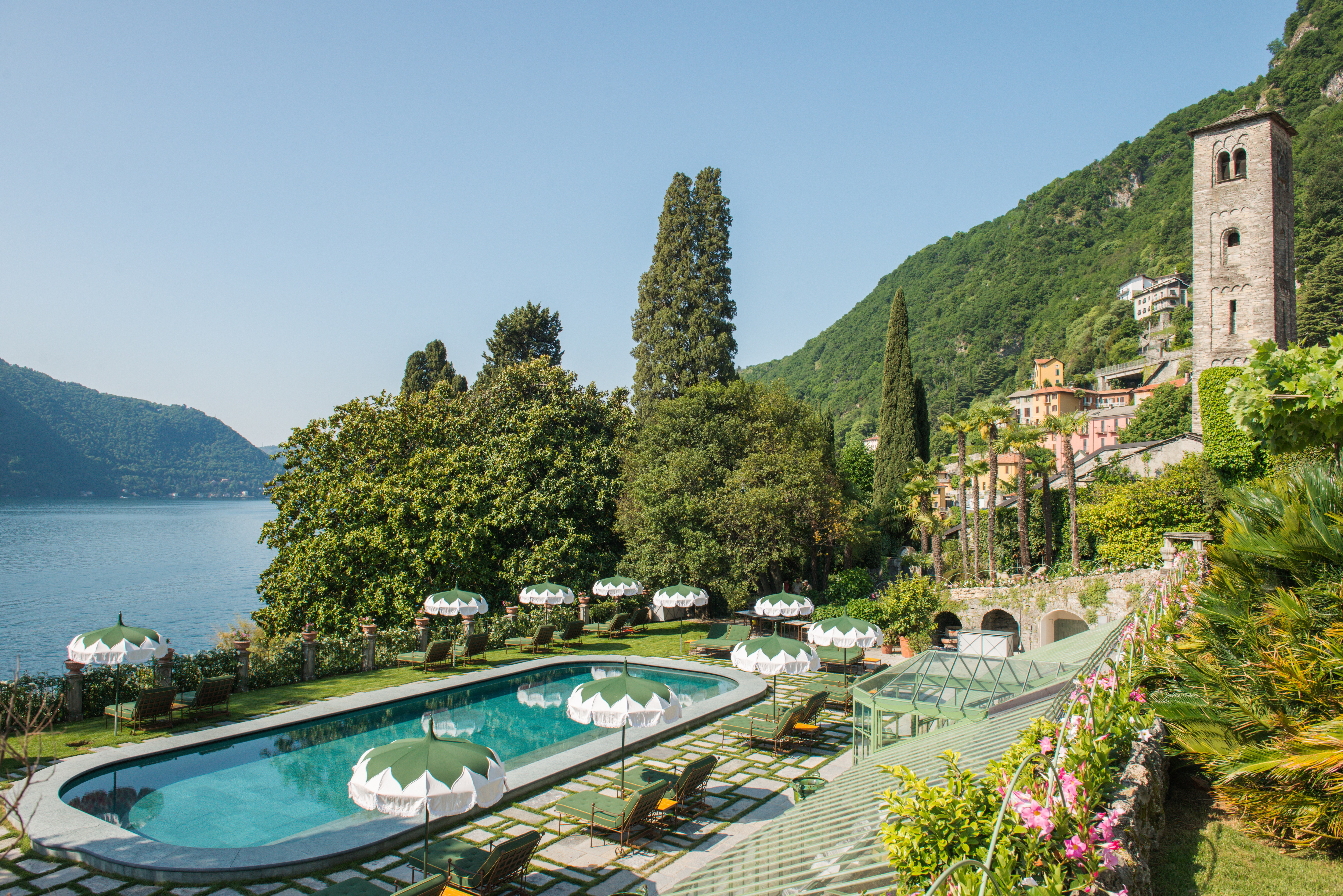My favourite painting: Tessa Hadley
Author Tessa Hadley chooses A Dance to the Music of Time by Nicolas Poussin.


Tessa Hadley on A Dance to the Music of Time by Nicolas Poussin
'What is it I love so much about this smallish, enigmatic Poussin painting? When I find it again at the end of a pilgrimage through the lovely spaces of The Wallace Collection, it feels as if I’ve arrived at the centre of something: an initiation into mysteries.
The four seasons dance in a circle; the painting’s so still, yet full of movement, and Poussin’s glowing, sandy colours are so sensuous. I love the flow of the dance around the circling figures, the melancholy cherubs and musician, the louring sky, Apollo’s chariot cutting a gash of light across the clouds.'
Tessa Hadley is an author and a speaker at this year’s Hay Festival (May 26–June 5)

Charlotte Mullins comments on A Dance to the Music of Time
There's a stillness and order to all the work of Nicolas Poussin. A Dance to the Music of Time presents four figures turning in a reverse ring next to a sculpted herm. A winged man strums a tune on a lyre and two putti frame the scene. But despite all this action, the figures look stilled: drapery floats in rhythmic folds and feet hover above the ground in perfect balance. It is as if they have been carved in stone. Perhaps this is not surprising, for these figures are based on the Borghese Dancers (2nd century BC), a classical relief sculpture much admired by Poussin.
A Dance to the Music of Time is an allegory of time and its swift passage. The four figures represent the seasons circling through the year and the winged musician is Father Time himself. The two putti blow bubbles and hold an hourglass, symbols of brevity. The male figure of Autumn is Bacchus, god of wine, and he is not the only Roman god in the painting: Apollo races across the sky in his sun chariot in pursuit of Aurora, goddess of the dawn.
Poussin painted A Dance to the Music of Time for Giulio Rospigliosi, who later became Pope Clement IX. Although born in France, Poussin spent much of his career in Italy. He worked for erudite patrons who admired his harmonious compositions and controlled use of colour. Ultramarine, russet orange and warm yellow thread through this painting, fusing together in the soft early morning sky.
Sign up for the Country Life Newsletter
Exquisite houses, the beauty of Nature, and how to get the most from your life, straight to your inbox.
Country Life is unlike any other magazine: the only glossy weekly on the newsstand and the only magazine that has been guest-edited by HRH The King not once, but twice. It is a celebration of modern rural life and all its diverse joys and pleasures — that was first published in Queen Victoria's Diamond Jubilee year. Our eclectic mixture of witty and informative content — from the most up-to-date property news and commentary and a coveted glimpse inside some of the UK's best houses and gardens, to gardening, the arts and interior design, written by experts in their field — still cannot be found in print or online, anywhere else.
-
 A woolly mammoth skeleton is among the curiosities for sale to save fire-ravaged Parnham Park
A woolly mammoth skeleton is among the curiosities for sale to save fire-ravaged Parnham ParkThe auction of the owner James Perkins' collection, hosted by Dreweatts, tomorrow (May 13), will be used to fund renovation works at Parnham Park in Dorset.
-
 The ‘utterly unique’ skincare brand that’s used in the ‘world’s best hotel’ spa
The ‘utterly unique’ skincare brand that’s used in the ‘world’s best hotel’ spaThe Seed to Skin brand was the byproduct of one woman’s length fertility journey — it’s so good that today it’s used in a hotel voted the ‘world’s best’.